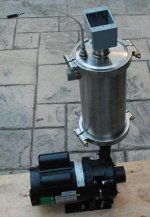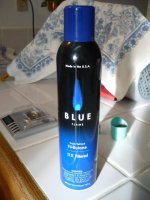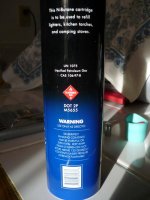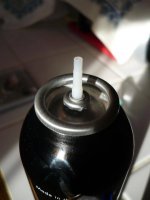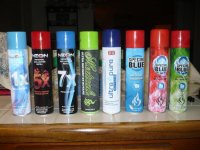The boiling point is where internal vapor pressure exceeds atmospheric pressure of 14.7 psi holding it in check.
Liquids can't exceed their boiling points, unless you pressurize them. That is because boiling liberates the heat of vaporization and cools down the pool.
We run our collection pots at 85F when distilling, but the internal temperature doesn't reach that until the propane and butane are essentially gone, leaving Pentane at 100F, as the next lowest boiling point.
If we never take the collection pot pressure below zero gauge (14.7 psi atmospheric pressure), and don't reach 100F internal temperature, the Pentane and larger molecules are left behind.
Liquids can't exceed their boiling points, unless you pressurize them. That is because boiling liberates the heat of vaporization and cools down the pool.
We run our collection pots at 85F when distilling, but the internal temperature doesn't reach that until the propane and butane are essentially gone, leaving Pentane at 100F, as the next lowest boiling point.
If we never take the collection pot pressure below zero gauge (14.7 psi atmospheric pressure), and don't reach 100F internal temperature, the Pentane and larger molecules are left behind.


